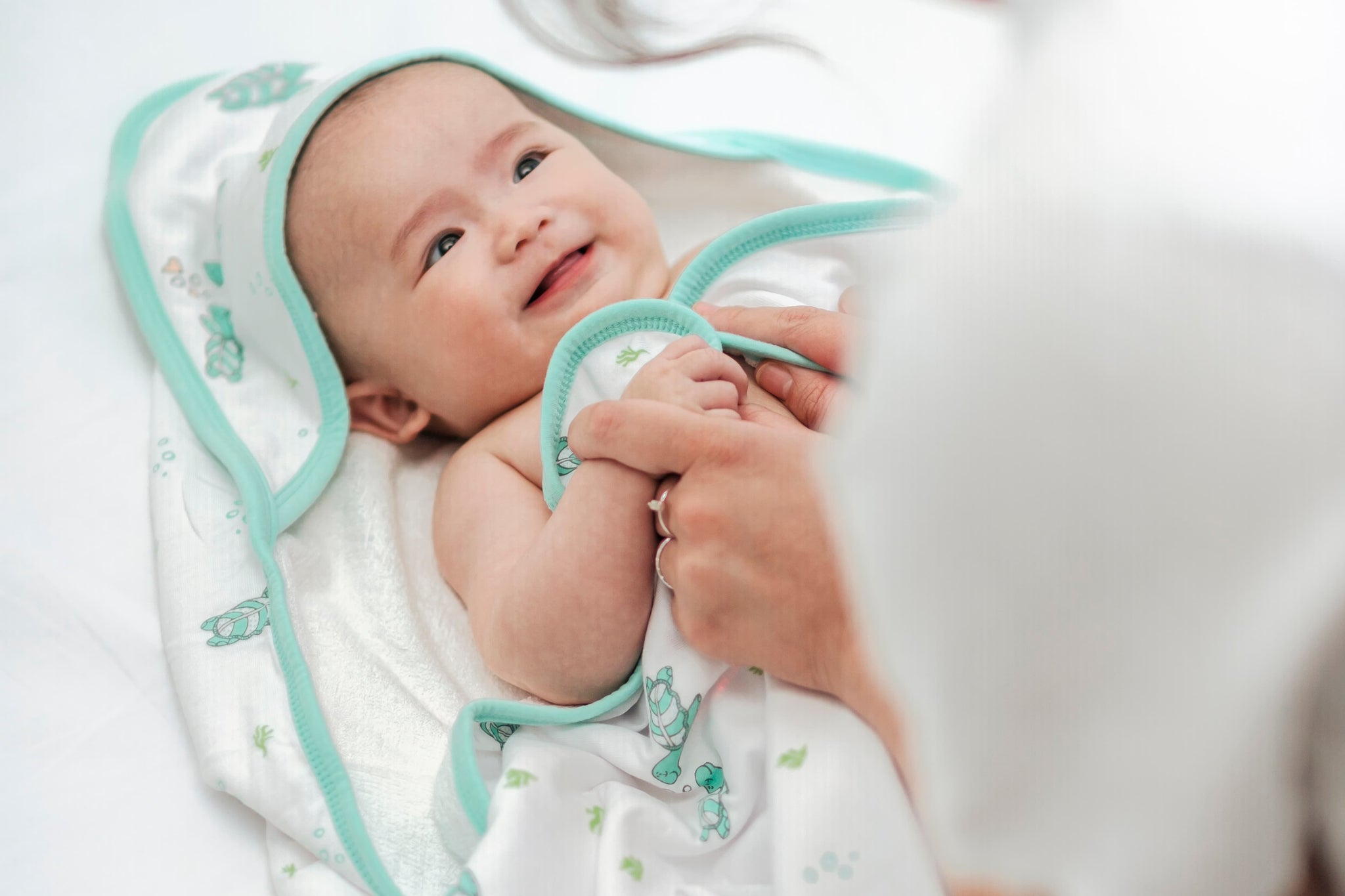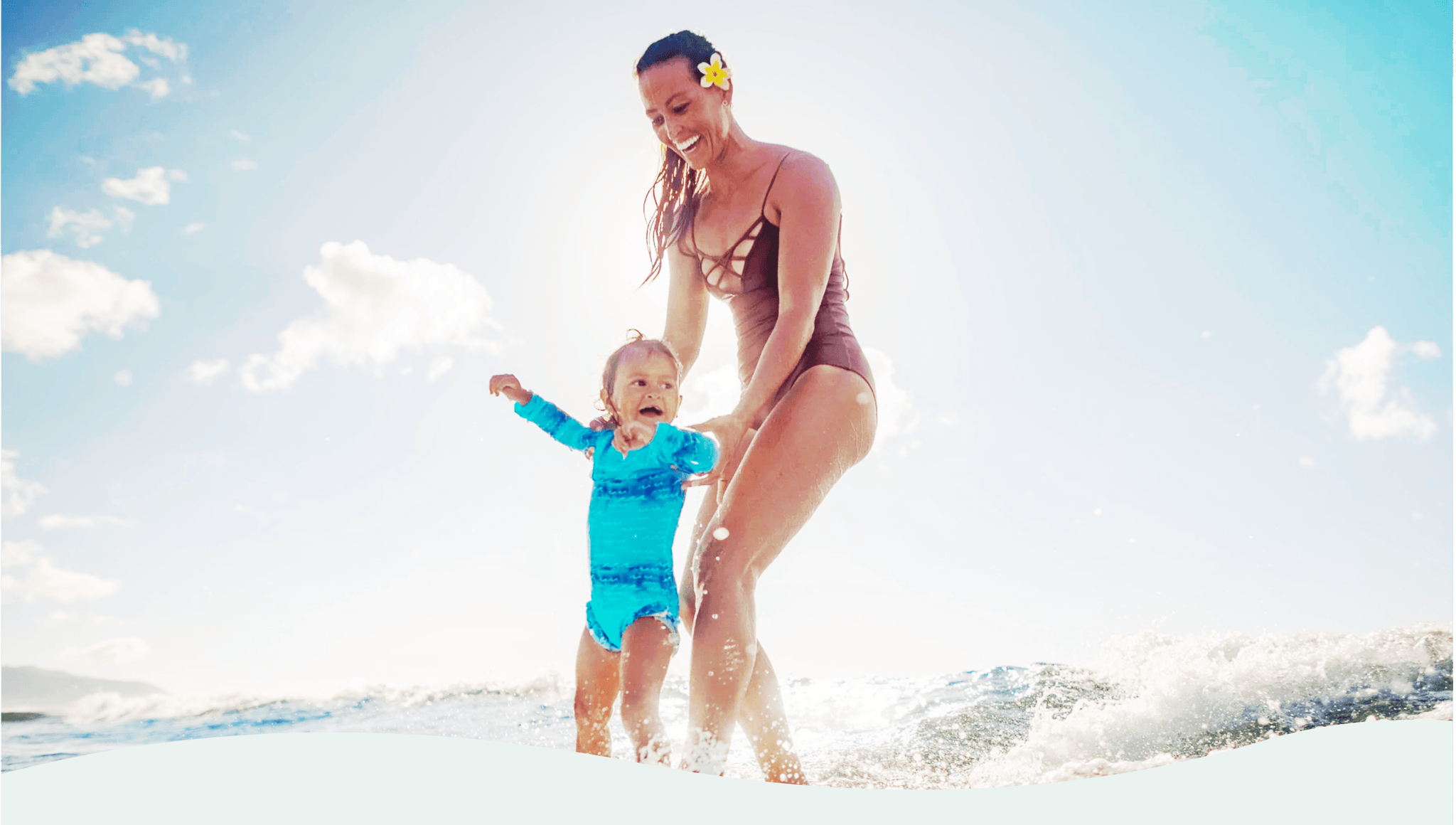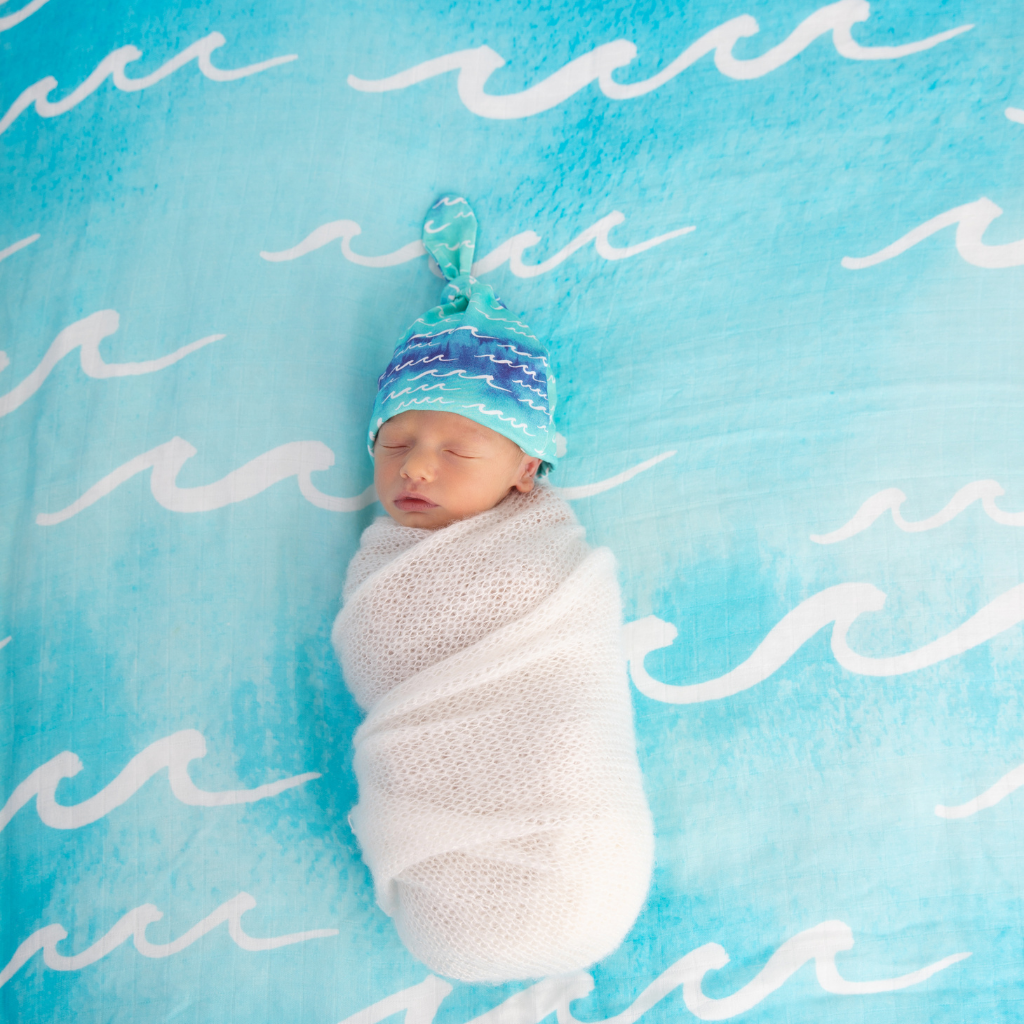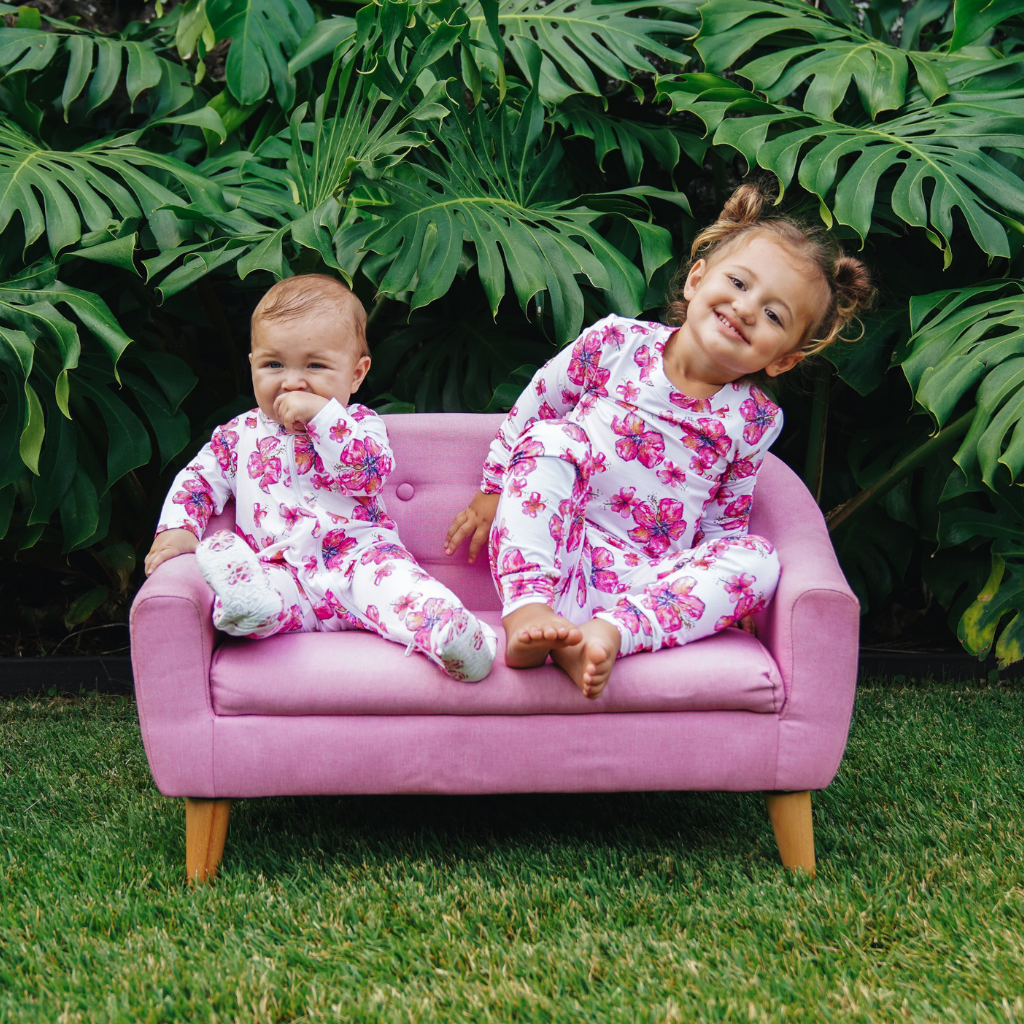Bath time with your newborn is one of the most tender rituals of early parenthood — a moment to slow down, connect, and care. But it can also come with a few nerves, especially in the beginning. How warm should the water be? How do I hold them safely? What if they cry the whole time?
It's completely normal to feel a little unsure. With a few simple safety tips and a calm approach, bath time can become one of the sweetest parts of your routine — a gentle pause in the day where comfort and care meet.
In this guide, we'll walk you through how to bathe your newborn safely, from setting up the space to drying them off with ease.
Preparing for Baby's First Bath
Before you even run the water, take a few moments to set up your space. Bathing a newborn requires two hands and your full attention, so having everything you need within reach makes a big difference.
Here's what to gather:
-
A soft, clean towel (preferably with a hood)
-
Mild, fragrance-free baby soap or cleanser (optional for sponge baths)
-
A small basin or infant tub
-
A cup for rinsing
-
Two soft washcloths
-
A clean diaper and change of clothes
Place your supplies on a flat, safe surface nearby. Make sure the room is comfortably warm to prevent chills. If you're using a sink or baby tub, line it with a clean washcloth to make it less slippery. And most importantly, never leave your baby unattended — even for a second.

Caption: Our Bestselling Hibiscus Hooded Towel. Check here.
How to Give Your Newborn a Sponge Bath
In the first weeks after birth, until your baby's umbilical cord stump falls off, sponge baths are the safest way to keep them clean. They're simple, gentle, and just enough to refresh your little one without full immersion.
Step-by-step:
-
Lay your baby on a flat, soft surface like a changing pad or folded towel.
-
Keep them wrapped in a towel, uncovering only one area at a time to keep them warm.
-
Dip a washcloth in warm water (no soap needed for the face), and gently clean their eyes, nose, and face.
-
Move on to the neck folds, arms, hands, and legs, always using gentle strokes.
-
Use a mild baby cleanser for the diaper area if needed, and rinse with a clean damp cloth.
-
Pat dry immediately and dress your baby in a clean diaper and cozy clothes.
Sponge baths can be sweet, soothing moments of connection. Speak softly, sing a lullaby, or just enjoy the closeness as you gently care for your baby.
Transitioning to a Baby Bath Tub
Once your baby's umbilical cord stump has fallen off and the area has healed — usually around 1 to 2 weeks after birth — you can start giving your baby baths in a small infant tub. This next stage can be a lovely bonding moment, but it's still important to prioritize safety and comfort.
Step-by-step:
-
Choose a baby bathtub with a non-slip base and a slight recline to support your baby.
-
Fill the tub with just 2 to 3 inches of warm water (about 100°F/38°C), testing the temperature with your wrist or elbow.
-
Gently lower your baby into the water, supporting their head and neck at all times.
-
Use one hand to hold your baby securely and the other to bathe them with a soft washcloth.
-
Start with the cleanest areas (like the face and neck) and move to the diaper area last, using a mild baby cleanser if needed.
-
After bathing, lift your baby out slowly, keeping a firm hold, and wrap them immediately in a soft towel for warmth and drying.
Baby Bath Time Safety Tips
Bath time can be soothing and sweet, but even just a few inches of water can be dangerous if precautions aren't taken. These tips help keep bath time safe and stress-free:
-
Never leave your baby unattended. Not even for a second. Always have everything you need within arm’s reach before starting the bath. If you must step away, wrap your baby in a towel and take them with you.
-
Check the water temperature. Aim for warm, not hot — around 100°F (38°C). Always test the water with your elbow or wrist, and swirl it to eliminate hot spots.
-
Use a non-slip surface. Whether it's a baby tub with a textured bottom or a non-slip mat, ensure your baby stays secure. Wet babies are slippery, so stay attentive and use a gentle but steady grip.
-
Support your baby's head and neck. Babies can't hold themselves upright, so always keep one hand supporting their upper body, especially during the newborn stage.
-
Keep bath products minimal. Use gentle, fragrance-free cleansers and avoid anything that may irritate sensitive skin. Less is more during those early baths.
-
Dry thoroughly, especially in skin folds. After the bath, gently pat your baby dry and check under the neck, behind the ears, under arms, and between fingers and toes to prevent irritation.
Wrapping Up
Bathing your newborn isn't just about staying clean — it's about building trust and creating little rituals of care. With gentle hands, a soft towel, and a watchful eye, you're turning something everyday into something tender. Over time, these early baths become moments your baby learns to feel safe and soothed in your arms. Keep it simple, stay present, and know that each splash, rinse, and cuddle is part of your growing rhythm together.









